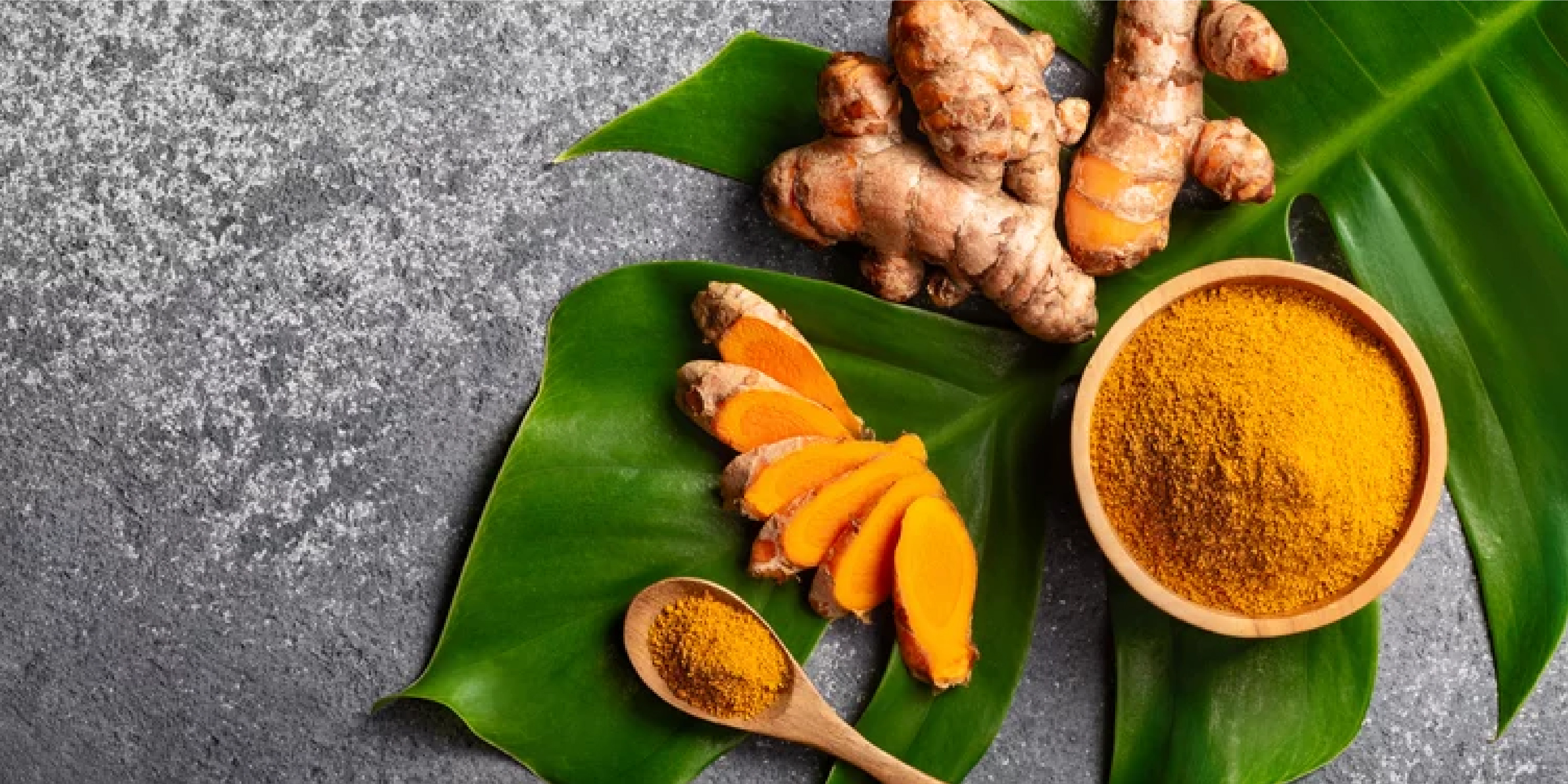The Rising Demand for Turmeric: A Deep Dive into Vietnam's Spice Market
Vietnam's turmeric market is experiencing a remarkable surge in demand, positioning the country as a significant player in the global spice industry. As one of the world's top spice exporters, Vietnam is known for its diverse range of high-quality spices, including turmeric, ginger, and garlic. In the first five months of 2024, the export value of these spices has seen substantial growth, driven by increased demand from key markets such as the United States, China, and Japan. This article explores the current trends, challenges, and future prospects of the turmeric market, emphasizing Vietnam's pivotal position.

Vietnam's Spice Export Landscape
Vietnam's spice industry is a powerhouse, exporting 95% of its products to over 125 countries, with an annual turnover of approximately $1.5 billion USD. Despite recent declines in some spice exports, turmeric has shown remarkable growth. According to the Vietnam Pepper and Spice Association (VPSA), Vietnam exported 87,400 tonnes of spices in the first quarter of 2024, generating $322.7 million USD.

Surge in Turmeric Exports
In the first five months of 2024, Vietnam's turmeric exports reached $3 million USD, a staggering 13-fold increase compared to the same period in 2023. This surge is driven by reduced global supply and heightened demand from major markets like the United States, China, and Japan. Turmeric's health benefits and versatility in culinary and medicinal uses have made it a sought-after commodity worldwide.
Challenges Facing the Industry
Despite the impressive growth, Vietnam's spice industry faces several challenges:
- Quality Control: Ensuring consistent quality, especially for organic certifications, is crucial.
- Investment in Processing: There is a need for more investment in deep processing to increase the added value of turmeric and other spices.
- Chemical Residues: Addressing the issue of chemical residues from herbicides and pesticides remains a priority.

Key Export Markets and Trends
United States
The US is one of the largest importers of Vietnamese turmeric. The demand here is driven by the spice's health benefits and its use in various dietary supplements and health products. Despite challenges, the US market continues to offer significant growth potential for Vietnamese turmeric exporters.
China and Japan
China and Japan are also major consumers of Vietnamese turmeric. The demand in these countries is influenced by both culinary uses and the growing popularity of traditional medicine, where turmeric plays a vital role. However, exports to China have seen a slight decrease, highlighting the need for Vietnam to diversify its market strategies.
Sustainable Market Development
The Vietnam Pepper and Spice Association is focusing on sustainable market development by participating in international fairs and enhancing trade promotion. These efforts aim to increase the visibility and competitiveness of Vietnamese spices, including turmeric, on the global stage.

Future Outlook
The future looks promising for Vietnam's turmeric market. With continuous improvements in processing technologies, better quality control, and strategic trade promotions, Vietnam is well-positioned to meet the growing global demand for turmeric. However, addressing the challenges related to quality and chemical residues will be essential for sustained growth.
Conclusion
Vietnam's turmeric market is on a robust growth trajectory, driven by increasing global demand and strategic market positioning. As the country continues to enhance its processing capabilities and address quality control issues, it stands to strengthen its foothold in the global spice market, ensuring a bright future for its turmeric exports.









